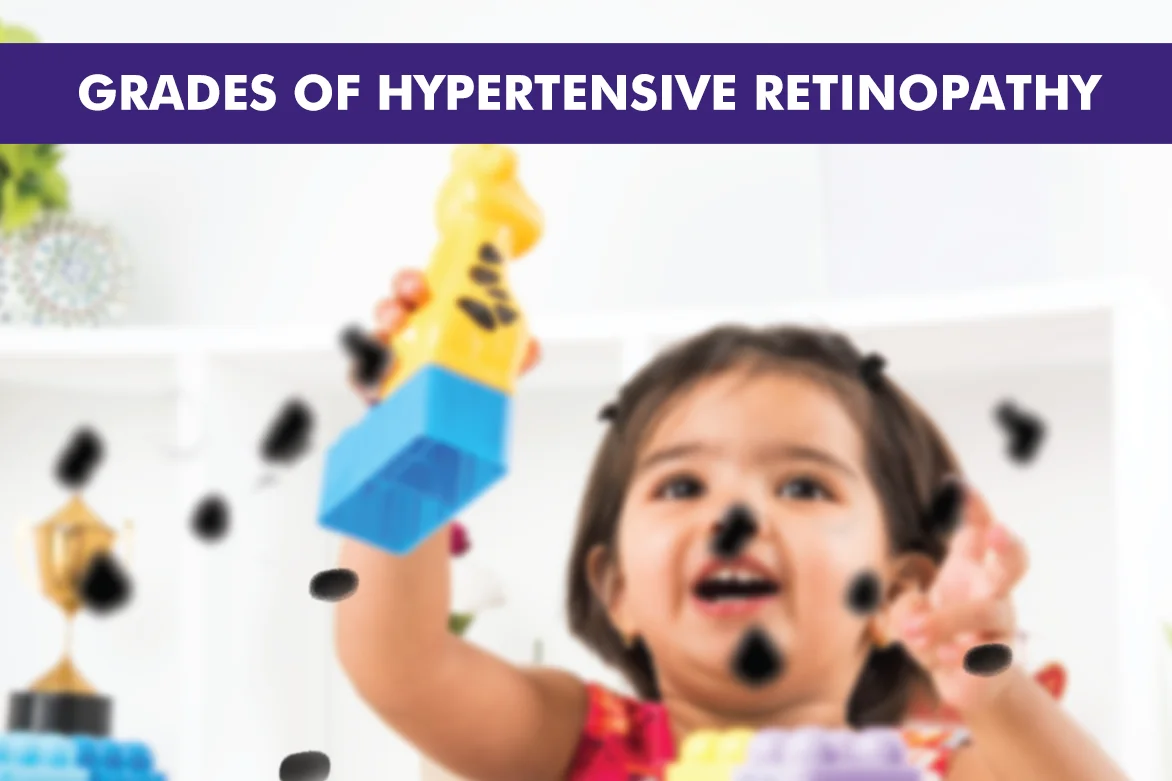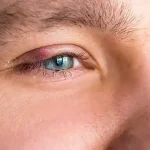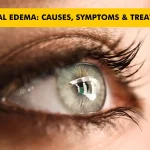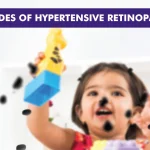Living with high blood pressure can already feel overwhelming, but when it starts to affect your vision, it becomes even more concerning. Hypertensive retinopathy is one such condition, and understanding its stages and symptoms is the first step toward protecting your eyesight and peace of mind.
Hypertensive retinopathy is caused by prolonged high blood pressure, which affects the blood vessels in the retina. If left untreated, this can lead to vision problems and even permanent damage. The retina, located at the back of the eye, plays a crucial role in vision as it transmits images to the brain. When blood pressure remains uncontrolled, the retinal vessels become damaged, leading to reduced oxygen supply and possible complications.
Hypertensive Retinopathy Causes
The primary cause of hypertensive retinopathy is chronic high blood pressure. This condition forces the arteries to work harder, leading to thickening, narrowing, and eventual damage to the delicate blood vessels in the retina.
Many people are surprised to learn that hypertension can quietly damage the delicate vessels in the retina, often without obvious symptoms at first.
Other contributing factors include:
- Long-term hypertension
- Poorly managed diabetes
- Smoking and excessive alcohol consumption
- High cholesterol levels
- Lack of physical activity
- Family history of hypertensive eye conditions
When hypertension is left unchecked, it can lead to retinal damage, causing symptoms that range from mild vision disturbances to severe vision loss.
Hypertensive Retinopathy Symptoms
The symptoms of hypertensive retinopathy may vary depending on the severity of the condition. In the early stages, individuals may not notice any significant changes in their vision. However, as the condition progresses, symptoms may include:
- Blurred or distorted vision
- Double vision
- Reduced visual clarity
- Eye pain or discomfort
- Swelling in the retina
- Visible bleeding inside the eye
- Sensitivity to light
It is crucial to monitor these symptoms closely, especially for individuals diagnosed with hypertension, as early detection can help prevent further complications. If you’re living with hypertension, even subtle changes in your vision deserve attention. These signs are your body’s way of asking for care.
Grades of Hypertensive Retinopathy
Hypertensive retinopathy is classified into different grades based on its severity. While it may sound intimidating, understanding these grades can help healthcare professionals assess the extent of damage and recommend appropriate treatment.
Grade 1
Early signs of arterial narrowing are visible at this stage, but there are no noticeable symptoms. The changes are usually mild and may only be detected during an eye examination.
Grade 2
Narrowing of the arteries becomes more apparent, and minor irregularities in blood vessel structure may be observed. Patients may still not experience any symptoms, but the risk of progression increases.
Grade 3
At this stage, retinal haemorrhages, microaneurysms, and fluid leakage become evident. Patients may experience blurred vision and discomfort. The risk of complications such as retinal swelling increases.
Grade 4
This is the most severe stage, often referred to as “malignant hypertensive retinopathy.” It involves optic nerve swelling, severe retinal damage, and a high risk of vision loss. Immediate medical intervention is required to prevent further deterioration.
Hypertensive Retinopathy Treatment
The treatment for hypertensive retinopathy focuses on managing the underlying hypertension and preventing further damage. Key treatment approaches include:
Blood Pressure Management
Controlling blood pressure is the most effective way to prevent and treat hypertensive retinopathy. Lifestyle changes such as reducing salt intake, exercising regularly, and maintaining a healthy diet can help keep blood pressure within normal limits.
Medications
Doctors may prescribe antihypertensive medications to manage blood pressure. These medications help reduce strain on the arteries, preventing further retinal damage.
Lifestyle Modifications
Adopting a healthy lifestyle can significantly reduce the risk of hypertensive retinopathy. Recommendations include:
- Avoiding smoking and alcohol
- Eating a balanced diet rich in fruits and vegetables
- Engaging in regular physical activity
- Managing stress through relaxation techniques
Regular Eye Examinations
Routine eye check-ups play a vital role in detecting hypertensive retinopathy early. Individuals with high blood pressure should examine their eyes regularly to assess retinal health and receive timely treatment if needed.
With the right treatment plan and some lifestyle changes, you can take back control of your eye health and overall well-being.
When to See a Doctor
If you experience persistent vision problems, headaches, or eye pain, you must seek medical attention. Regular visits to an eye specialist can help monitor eye health and detect early signs of hypertensive retinopathy.
Conclusion
Hypertensive retinopathy is a serious condition that can affect vision if high blood pressure is not managed correctly. By understanding the causes, symptoms, and treatment options, individuals can take proactive steps to protect their eye health. Regular eye exams and blood pressure control prevent complications and ensure long-term vision care.
Consult the best eye specialist at the Centre for Sight for your eye concerns. Schedule an Eye Exam!
FAQs
Stage 3 hypertensive retinopathy involves retinal changes like vessel swelling or bleeding, potentially affecting vision. Stage 4 hypertensive retinopathy includes optic nerve swelling (papilledema), requiring urgent treatment to prevent vision loss.
The Keith Wegner and Barker classification categorises hypertensive retinopathy into four grades based on the severity of damage to retinal blood vessels, ranging from mild narrowing to severe optic nerve swelling.
Signs of high blood pressure in the eyes include narrowed blood vessels, retinal bleeding, or optic nerve swelling, detected through an eye exam, often without apparent symptoms.
In the early stages, managing blood pressure effectively can help reverse some of the retinal damage. However, advanced stages may cause permanent changes that require medical intervention.
An eye specialist can diagnose hypertensive retinopathy through a comprehensive eye exam, including retinal imaging and fundoscopy, which allows for a detailed assessment of retinal blood vessels.
If left untreated, severe cases of hypertensive retinopathy can lead to vision loss. However, early diagnosis and adequate blood pressure management can help prevent serious complications.





